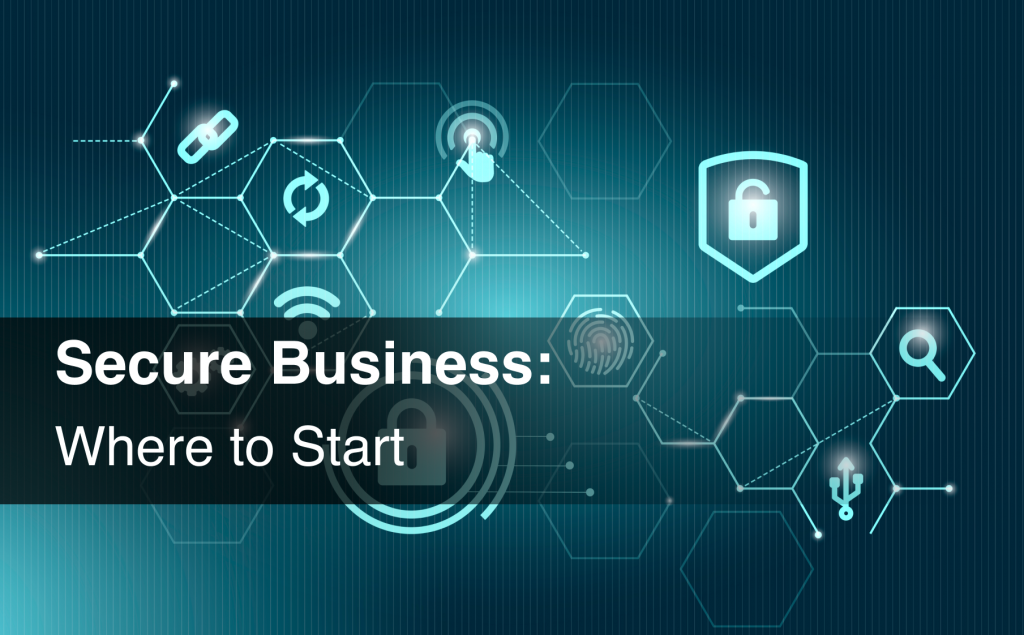The path from the idea to a successful business is very thorny. Therefore, after passing it, you need to make an effort so that no one could destroy it. If you aren’t taking active steps to secure your business’s digital assets, pure and simple, you’re putting yourself at risk.
Don’t know where to start? Start from the beginning! Start from the basic principles, skills, and habits. We emphasize the importance of using cybersecurity services to continuously monitor the environment (e.g. security operations services) in combination with less technical tools of protection that can save you. That’s why we offer you a top security tools list that cannot be ignored if you want to keep working.
Table of Contents
Don`t forget to back up
If a company backup all work that has been done, it presents itself with an opportunity to restore the work if an attack occurs. The separate medium might be as simple as an external drive or USB stick. But we recommend using all the benefits of living in the Internet era and using cloud computing. Outsourcing a lot of hardware and software to specialist tech companies that can expand or reduce service levels according to your needs, you save time and money.
When you are walking the “cloud way,” you trust the intellectual property to the structure which is outside the organization. It would be best if you were sure of the reliability of the chosen provider. Today public cloud platforms offer such giants as Amazon Web Services, Microsoft Azure, or Google Cloud.
Updates of software
When developers do updates, that means they do the best in work and the most secure possible version of the software. The updates might mean that developers found some vulnerabilities in the previous version.
So, ignoring it, the user agrees to be not protected enough and not to use all benefits.
Also, you need to be careful with the software you choose. Choose the most suitable and reliable vendor for your company.
Passwords updating
A vulnerable password is the closest way for hackers inside the organization. According to Deloitte, 23% of users use the same password everywhere. Most users repeat passwords or use easy-to-hack combinations. Also, popular thought is, “there is no reason for a hacker to hack me.”
We recommend using software for password managing. It helps to generate a password from random characters and keep them, so only the user might have access.
One more point is multi-factor authentication. It means that a user needs more than one source to confirm him\her personality (the most common example is confirmation of the access with the help of a phone).
Phishing emails recognizing
Phishing is a type of social engineering attack often used to steal user data. It occurs when an attacker, pretending to be a trusted sender, dupes a victim into opening an email, instant message, or text message and into doing actions written in there. For example, an attacker might be masquerading as employees of the company who need a user’s credentials for something related to work or ask to give him\her access to corporate documentation.
There are few main tips you should check when you see a strange email:
- Check the email address of the sender – it might be obviously inappropriate or to have some kind of “mistyping” ([vv] instead of [w] or [l] instead of [I]).
- Check the bottom before pressing – if you see something like “click here,” you’d better check where is this “here.” Hover over the bottom to see where it links to.
- Check the branding – if you get an email from the corporation you are in contact with, most likely they will have the same structure, logo, sender, and signature.
- Assess the situation soberly – why some Mike from the accounting department might need your credit card number? Don’t know? Call him and ask!
Antivirus
Install antivirus software for all devices used in your company. This does not require much effort but will inform you if the device is infected with malware. But remember that antivirus software cannot protect you from hackers. Also not forget to update the antivirus when you see a message on the notification bar. When you will be looking for antivirus software, pay attention to business package proposals.
Firewall
This is the next step you’d better have for your protection. This is like the first line of defense in network security. The firewall will monitor and filter incoming and outgoing traffic flow between the internet and private network whether to allow or block specific traffic based on your organization’s security policies. Firewalls can either be software or hardware (better to have both). A software firewall is a program installed on each computer; a physical firewall is a piece of equipment installed between your network and gateway.
VPN
VPN goes for a virtual private network. Using the VPN encrypts all your data traffic. This masque your IP address when you use the internet, so that no one can tell what you’re doing online and your location stays invisible. VPN can increase your protection when you go online from hackers, and cyber thieves cause if a hacker knows your IP address, they can use it to seize valuable information. Another question that may arise is whether a VPN is legal. If you live in the United States or western democracies countries, you are nothing to be afraid of. But VPNs are banned by a few countries, including China, Russia, Iraq, and North Korea.
Last but not least: awareness training
According to McKinsey research, half of the cybersecurity threat for businesses is based on insider actions. And the reason for almost every fourth threat is the negligence of staff.
If assessing the situation cynically, the own employees are as dangerous for the company as outsider attackers. Most hacks count on human mistakes, so the more educated and attentive your employees are on the best practices for cybersecurity, the less vulnerable the business will be.




